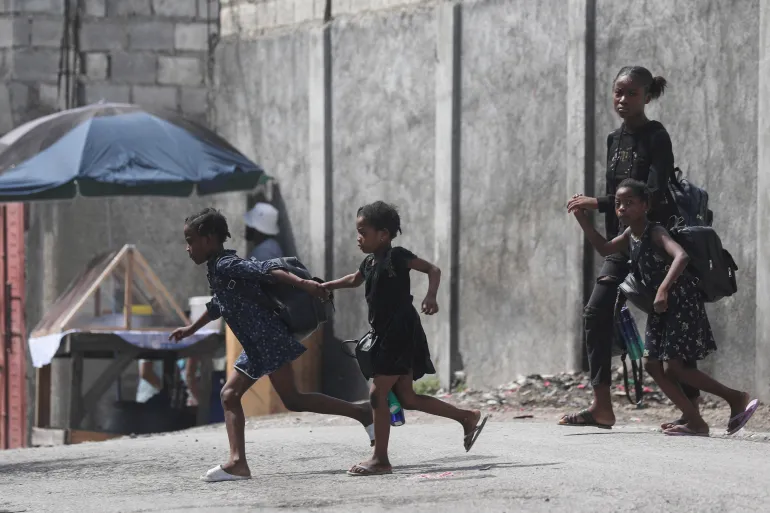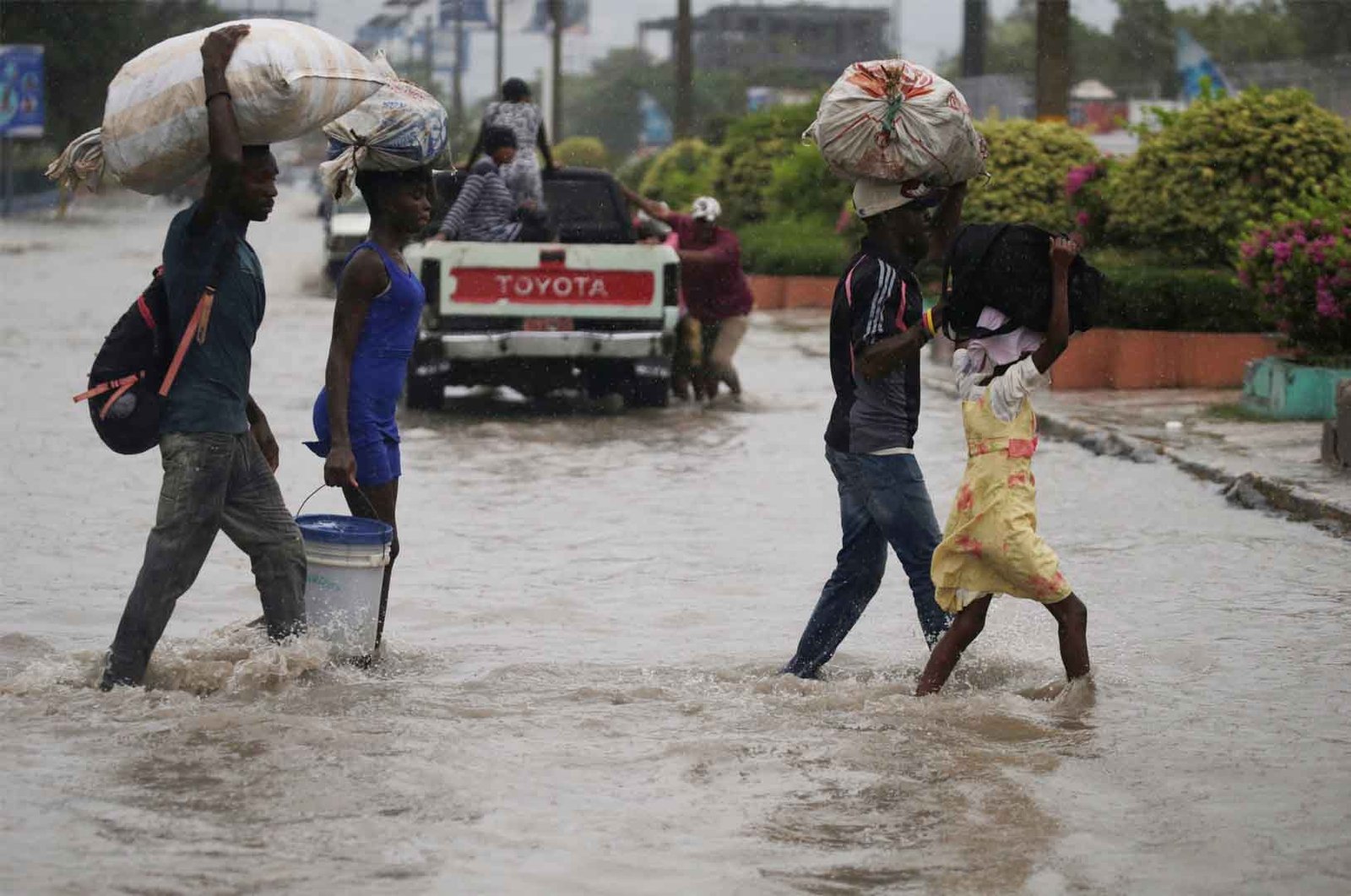HAITI
Key Facts
5.2 million Haitians require humanitarian assistance
Violence displaced 362,000 people
Food insecurity affects 4.9 million
Only 36% can access basic healthcare
1.1 million children malnourished
Current Situation
Haiti stands at the brink of collapse as gang violence engulfs its capital and spreads outward. Armed groups control 80% of Port-au-Prince. Kidnappings and sexual violence have become weapons of terror. Food prices have soared by 63% while incomes evaporate. Nearly 5 million Haitians face acute hunger as food becomes an unattainable luxury. Desperate families drink contaminated water, knowing it might kill them, because the alternative is death from thirst.
Underlying Causes



Political Vacuum and Gang Rule
Catastrophic Economic Collapse
Catastrophic Economic Collapse: The Haitian gourde has lost 40% of its value in a single year. Hyperinflation has made basics unaffordable. Fuel shortages paralyze transportation, while roadblocks strangle supply chains. Unemployment exceeds 70% in many areas.
Climate Disasters
Haiti ranks among the world’s most climate-vulnerable nations. Recurrent hurricanes, floods, and droughts destroy crops and homes with increasing frequency. Deforestation has reached 98% of original forest cover, causing catastrophic soil erosion.
Humanitarian Challenges
Acute Hunger Crisis
Nearly 4.9 million Haitians—almost half the population—face acute food insecurity. In worst-affected areas, children’s stomachs swell with malnutrition. Food prices have increased by 63% since last year, putting even basic items beyond reach for most families.
Healthcare System Collapse
Most hospitals function at minimal capacity or have closed entirely. Medical personnel flee violence, leaving facilities unstaffed. Maternal mortality reaches 529 per 100,000 births—the highest in the Western Hemisphere. Cholera has returned with devastating impact.
Mass Displacement
Violence has driven 362,000 people from their homes, with many sheltering in overcrowded schools or sleeping in public squares. Conditions are desperate—no privacy, minimal sanitation, and constant fear. Those with means attempt dangerous journeys to neighboring countries.
Violence Against Women and Girls
Gang rape has become a weapon of terror in Haiti. An estimated 52% of women in gang-controlled areas report sexual violence, often committed publicly to establish dominance. Girls as young as 10 are targeted, with virtually no support services available.
Children Without Futures
Over 4 out of 5 schools in gang-affected areas have closed. 1.1 million children face acute malnutrition, and countless others are recruited into gangs. UNICEF estimates 30% of gang members are under 18. Kidnapping of children has become commonplace.
Water Crisis and Sanitation Emergency
Only 65% of Haitians have access to water sources, with far fewer reaching clean water. In urban slums, people share filthy water from contaminated wells. Sanitation infrastructure has collapsed, with raw sewage flowing through neighborhoods during rainy seasons.
Humanitarian Access Blocked
Aid workers face impossible choices—risk kidnapping and death or abandon those most in need. Gang roadblocks make movement between cities nearly impossible. Humanitarian convoys require expensive armed escorts, yet still face attacks.
Further Resources
Stay Informed and Updated
UN OCHA – Haiti Humanitarian Response Plan
CORE Group – Haiti Emergency Response Coalition
Centre for Humanitarian Dialogue – Haiti
UNICEF Haiti – Child Protection
Partners In Health – Haiti (Zanmi Lasante)
Work Cited
- ACAPS. (2024). Haiti Gang Violence and Humanitarian Access.
- Médecins Sans Frontières. (2024). Haiti: Medical Care Amid Gang Violence.
- International Crisis Group. (2023). Haiti’s Criminal Ecosystem.
- Inter-American Commission on Human Rights. (2023). Human Rights Situation in Haiti.
- Pan American Health Organization. (2024). Haiti Health Systems Assessment.
- BINUH – UN Mission in Haiti. (2024). Quarterly Report on Human Rights.
- Institute for Justice & Democracy in Haiti. (2023). Gender-Based Violence Analysis.
- CARE Haiti. (2024). Food Security and Livelihood Emergency Assessment.